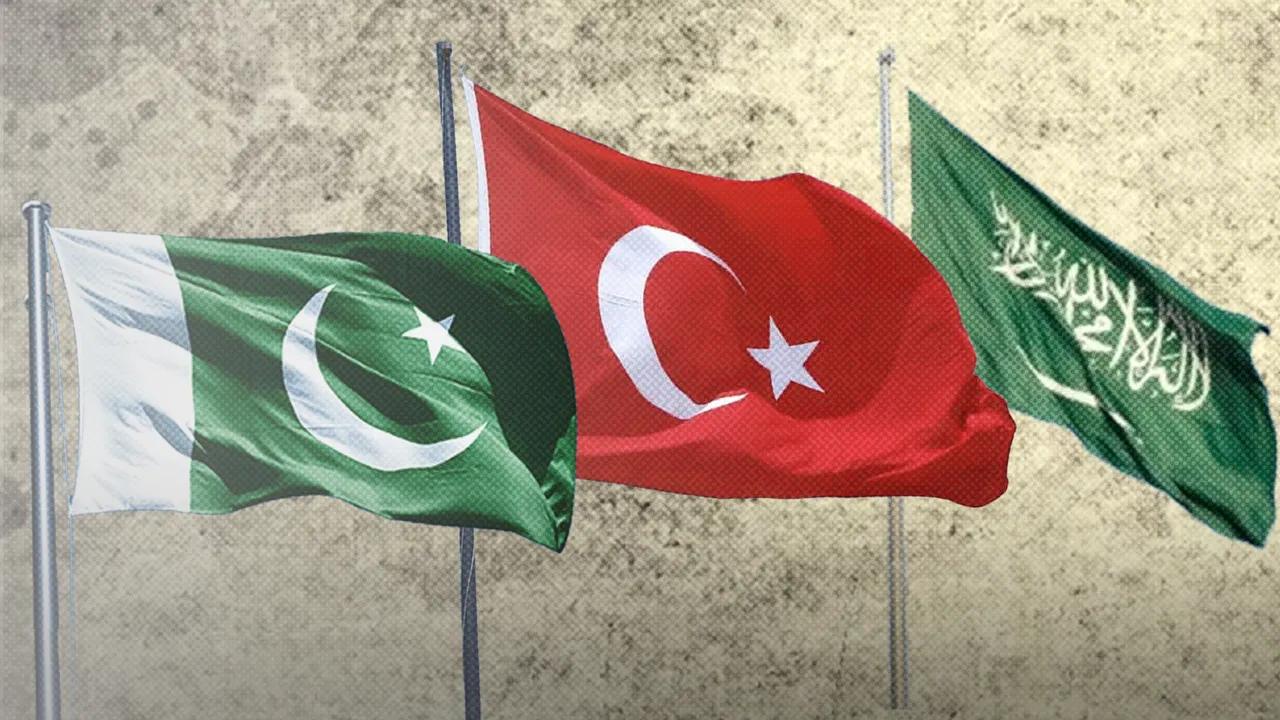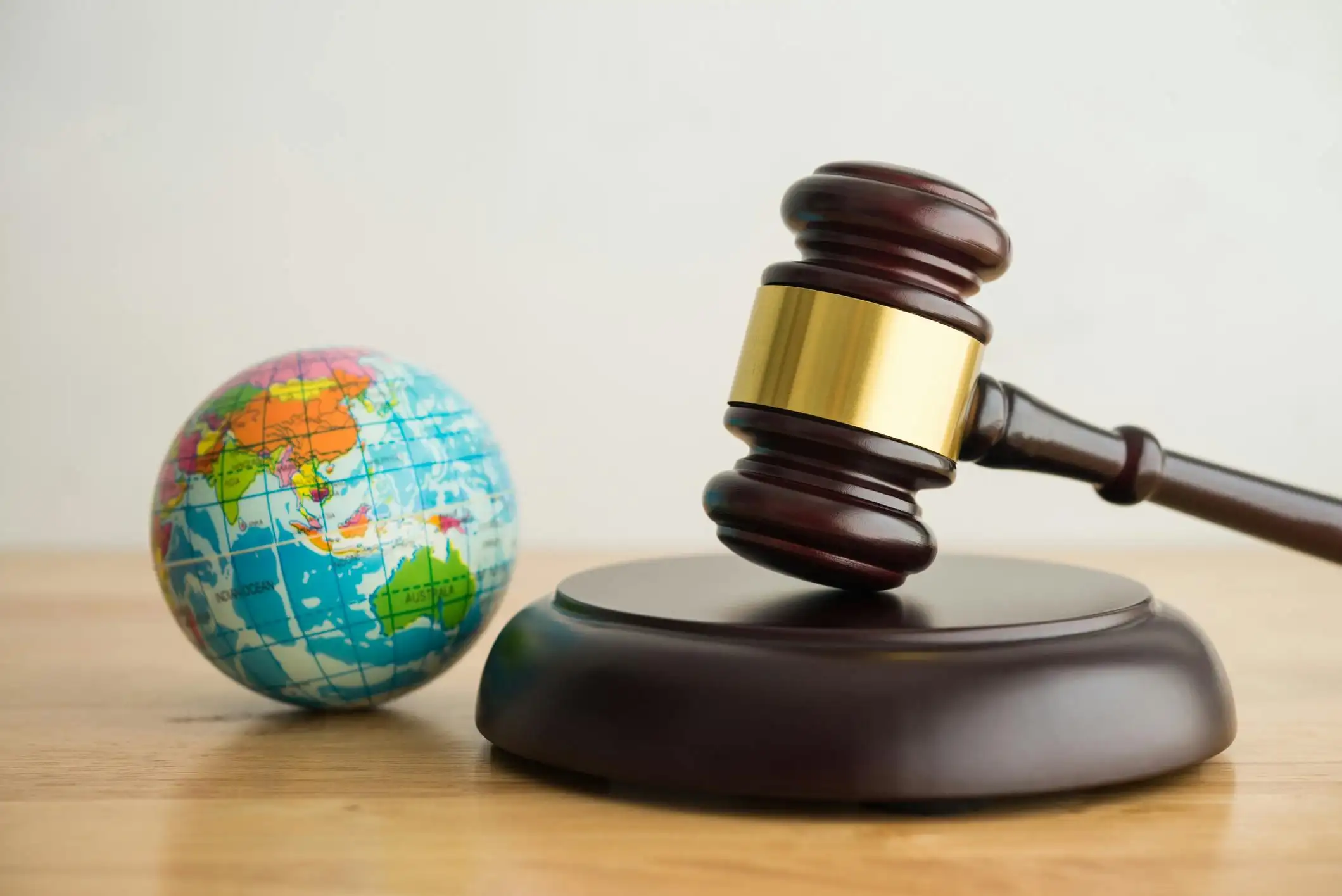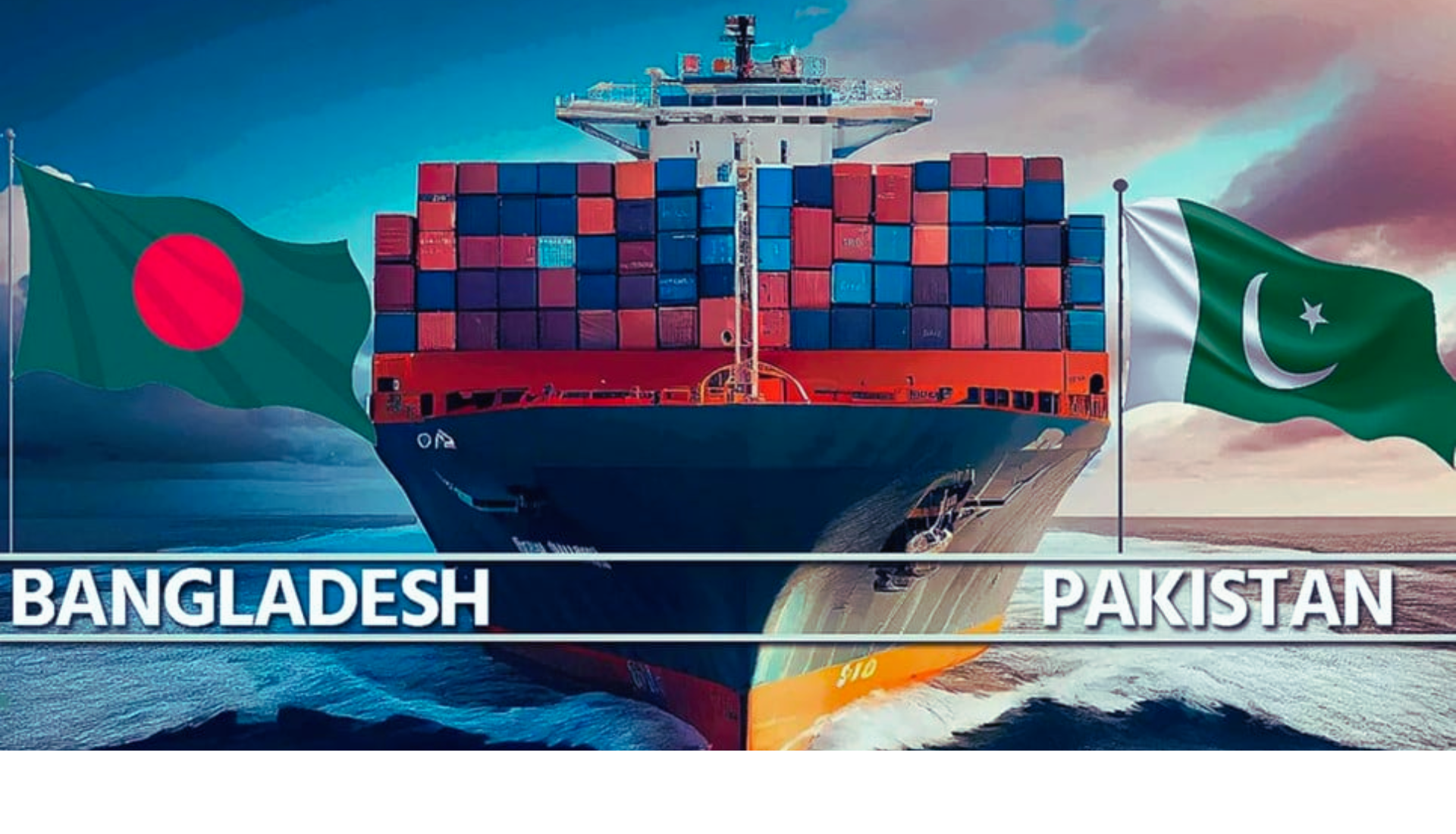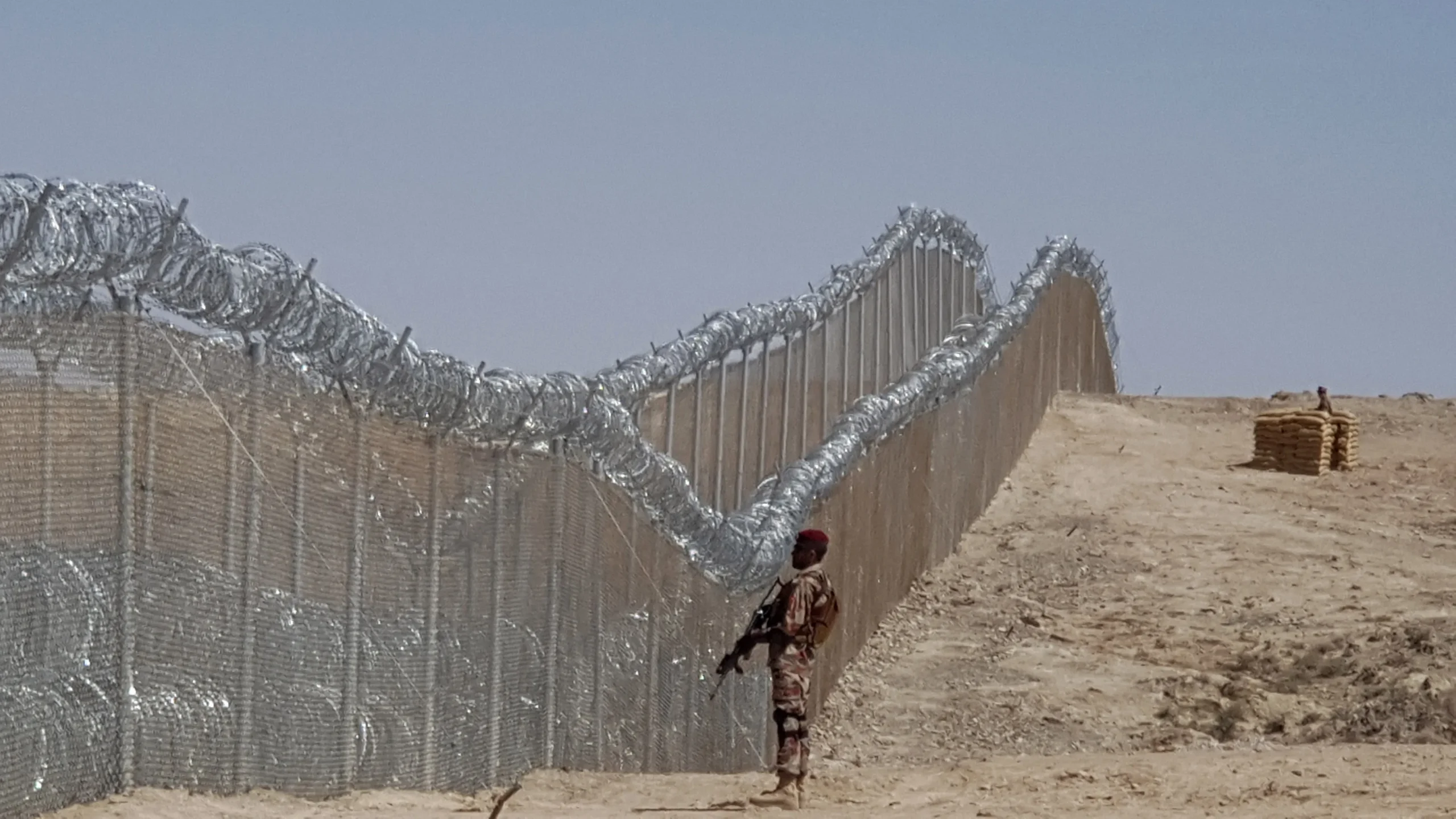Recent developments in the neighborhood of Pakistan have captured the attention of every international relations student. The rapprochement between Iran and Saudi Arabia brokered by China is one of the biggest news stories of the decade. Both countries severed their relationship in 2016 and fought a proxy war in Yemen during the years in between. Their sudden closeness has caught everyone by surprise. Both countries have now agreed to resume full diplomatic ties, and embassies will soon be reopened in each other\’s countries. This is a very significant change brought about by Chinese President Xi’s visit to Saudi Arabia, where a number of agreements were signed. It is expected that the UAE and Bahrain may also follow suit in normalizing relations with Iran.
United States: The Counterweight
This must have been a disturbing development for the United States, as it is being echoed in strategic circles.
The US has tried to curtail Chinese influence in the Indo-Pacific region by using its military power, as it traditionally does in these situations.
It also came up with the US Indo-Pacific Strategy and made several alliances, such as the Quad, AUKUS, and I2U2. These alliances were formed to cover the entire swath of the Indo-Pacific region, which ranges from the eastern shores of Africa to the eastern fringes of the Pacific Ocean.
The Quad, which is the Quadrilateral Security Dialogue (QSD), has four countries as its members. These include the USA, India, Japan, and Australia. Even though it is advertised as just a way for these countries to work together in different ways, one of the main goals of this agreement is to keep control of the seas through freedom of navigation, which is one of the clauses. Likewise, AUKUS is an arrangement between Australia, the US, and the UK. This is a direct security arrangement in which nuclear-powered submarines will be given to Australia, even though Australia is a signatory to the Non-Proliferation Treaty (NPT). These submarines will counter the Chinese presence in the Pacific area.
Another setup, which may not be truly part of the US Indo-Pacific strategy yet but is a trigger, is called I2U2, with Israel, the UAE, India, and the US as its members. This arrangement was made specifically for the Indian Ocean and has freedom of navigation as one of its core objectives. It is apparent that I2U2 is Iran-specific, as Israel and the UAE became part of it. Although it has been a couple of years since such agreements and arrangements have been formed, there hasn’t been significant headway achieved, or at least visible progress.
The US Indo-Pacific strategy and the arrangements associated with it have been of interest to Pakistan due to its geographic location, which is very much within the area outlined in the Indo-Pacific strategy, strategic capability, closeness with China, relations with regional countries as well as the US, and, above all, its inherent animosity with India. From Pakistan\’s perspective, any improvement in India\’s capability directly affects Pakistan.
Pakistan and India: A Rekindled Rivalry
Through the Indo-Pacific strategy\’s alliances, India is bound to enhance its capabilities in the areas of politics, the military, and the economy. Politically, alliances with the leading nations of the world have raised Indian stature. India has long been an aspirant to securing permanent UNSC membership, and its entry into the elite alliances may make this path shorter. India and the US have signed a number of military agreements that give Indian forces access to up-to-date information, satellite imagery, logistical support at sea, repair and maintenance facilities on US bases in the region, and so on. The Indian economy is booming, and by becoming the darling of the US, India has received a waiver for importing oil from Russia to support its energy needs. Earlier, it had benefited from such a waiver for importing oil from Iran as well. It is, however, apparent that the US efforts are all out to make India worthy of negotiating the Chinese threat, and hence India has been envisioned as the net security provider in the Indian Ocean.
Pakistan regards developments in India, its eastern neighbor, as the primary threat to its existence.
Any measure of improvement in Indian stature directly affects Pakistan, which therefore has to be cautious in dealing with the evolving regional and international situations.
Pakistan must be conscious of its relationships with neighboring and regional nations, its dependence on the US, and most importantly, its closeness to China, while also keeping in mind its current precarious economic health and the changing strategic environment in which it finds itself.
Through its Belt and Road Initiative (BRI), China has found strategic ingress into many countries around the world. The flagship project of BRI is the $65 billion China-Pakistan Economic Corridor (CPEC), which joins Pakistan’s Gwadar port to the Chinese Xinjiang province. This project is very significant for China as well as for Pakistan. For Pakistan, it is envisioned to bring prosperity through infrastructure development and job creation, but for China, it\’s an outmanoeuvre of the US Indo-Pacific strategy, which is aimed at strangling Chinese trade at the Malacca Strait and in the Pacific Ocean.
One important chokepoint in the Indian Ocean, the Strait of Hormuz, lies in close proximity to Pakistan. On average, 40% of the world’s trade passes through this chokepoint. Gwadar, sitting at the mouth of the Gulf of Oman in the area preceding the Strait of Hormuz, is blessed with an advantageous geostrategic location. It is for this reason that the Chinese chose Gwadar as part of CPEC. Various projects have been underway at Gwadar, which include the development of the Gwadar port, free zones, airport, vocational training institute, east bay motorway, etc. Gwadar is also important for Afghan transit trade as well as connectivity with the Central Asian Republics. As of now, it has only three berths operational, but by 2050, there is a plan to construct 80 berths in total.
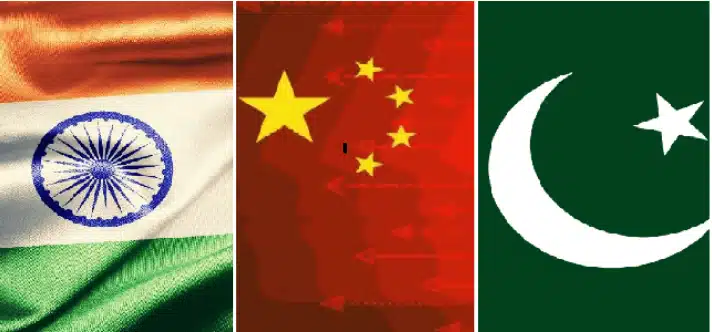
Nevertheless, Gwadar is not the only port in the area with an advantageous location. Iran’s Chabahar port also shares almost the same geographical benefits as Gwadar. Chabahar lies inside the Gulf of Oman at the mouth of the Strait of Hormuz and is the only Iranian port with access to the ocean. It can provide connectivity to Afghanistan as well as Europe via Turkey. India has committed $500 million to the Chabahar port. It has two terminals, and India is still making insufficient progress on one of them, Shahid Beheshti. Iran\’s turbulent relations with the US, Israel, the UAE, and the KSA had political repercussions throughout the region that slowed down the development of Iranian ports.
For China, Iran has been a significant country. For instance, China has pledged $400 billion in Iranian oil, gas, and petrochemicals. This is a significant amount of investment that is likely to bring huge benefits to the Iranian economy. The Chinese recognized that without regional stability, the true benefits of this region\’s potential could not be realized. The Iranian and Saudi leadership have a clear understanding of their message to put hostility on the back burner and pursue economic benefits. The situation is not ripe for the US, and lately, there have been clashes between Iran and the US in Syria with the bombing of the outfits supported by each other. Regardless, now that the region is approaching stability, economic activity is expected to gain momentum.
The Way Forward
In this scenario, Pakistan has to tread carefully. At present, it is going through the worst economic crisis of its lifetime. The government is seeking a deal with the IMF, asking for loans from friendly countries, and putting the economy on the right track. All seem like difficult propositions as of now. Perhaps it needs to redirect its economic strategies and thus the derivatives, especially given the changing geostrategic situation. Similarly, political stability is urgently required.
There is a dire need to focus its attention on the CPEC and the development envisioned therein. In CPEC, there are certain projects that the Chinese companies have to undertake, but there is also a role that Pakistan has to play.
There is a need at the government level to prioritize and strategize Pakistan’s role in CPEC by giving it due focus and adhering to the agreed timelines.
Projects in CPEC are running behind their original timelines for a variety of reasons, including COVID-19. However, the evolving geostrategic situation, issues of governance within the country, and the country\’s feeble economic mandate necessitate more concerted efforts in lieu of the earliest completion of the Gwadar port and associated facilities.
It is important to note that with the improvement in regional stability, economic impetus is only natural. This will affect Iran positively, as it has seen a long hiatus due to regional instability. Although the ports of Gwadar and Chabahar are considered sister ports, the early development of one may not fully bode well for the other. As of now, reports reveal that Iran\’s Chabahar is more developed than Gwadar. A little spur to its development will result in a substantial uplift of facilities there, as will the business activities. Therefore, it is essential that Pakistan concentrate on the early operation of the Gwadar port and other CPEC projects in order for it to reap the benefits that it truly deserves in this changing regional environment.
The need for Pakistan to establish positive relationships with regional states is also important to reflect on. This is a sure recipe for mitigating the growing Indian influence in the region. Now that China is actively involved in the region, it is all the more essential for Pakistan to play its due role and support Chinese efforts. However, it also has to be cognizant of its relations with the US. The best profile for Pakistan is to maintain a delicate balance between the two giants and serve as a bridge whenever the situation demands it.
Last but not least, Pakistan\’s policymakers must chart a viable and prudent course of action for the country in the changing strategic environment. It cannot remain oblivious to the unfolding events around it. It will benefit from confronting the situation and being prepared to ride the waves of prosperity that the region is expected to deliver.
The views expressed in this article are the author’s own. They do not necessarily reflect the editorial policy of the South Asia Times.

